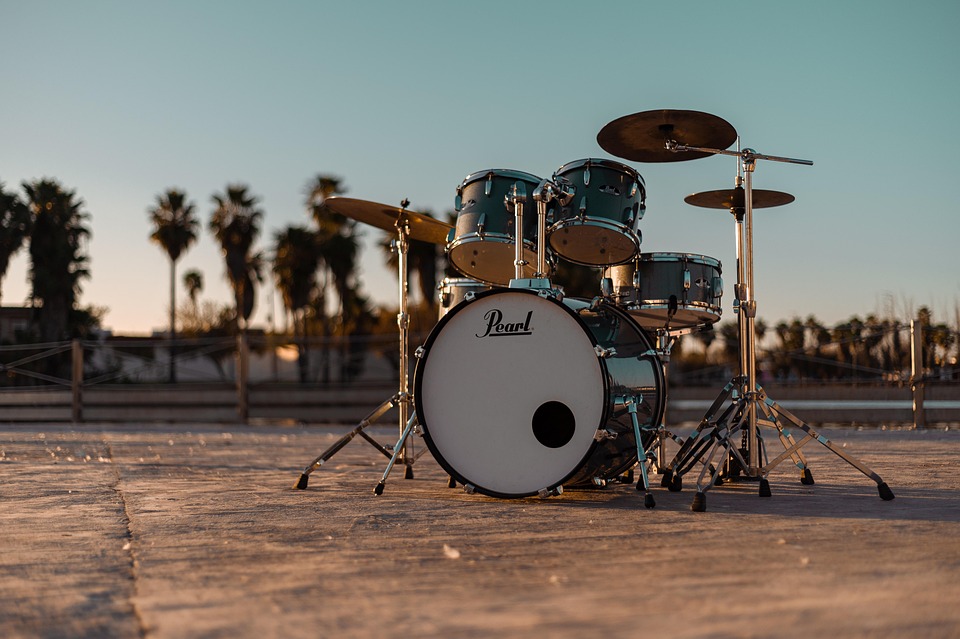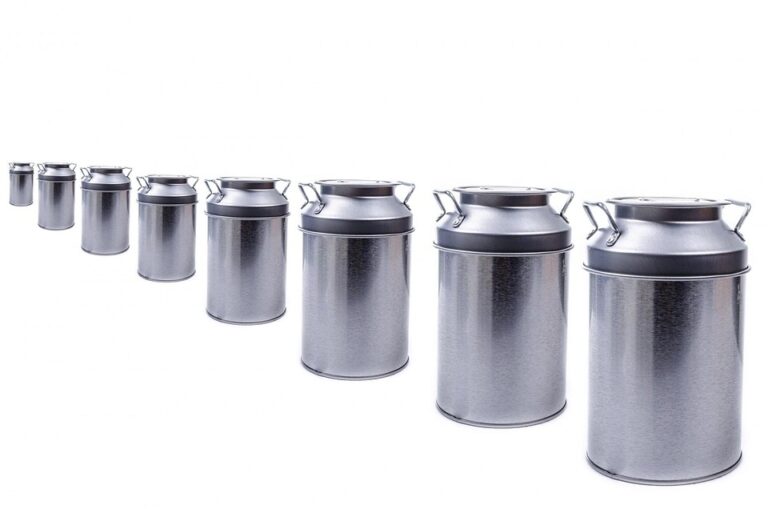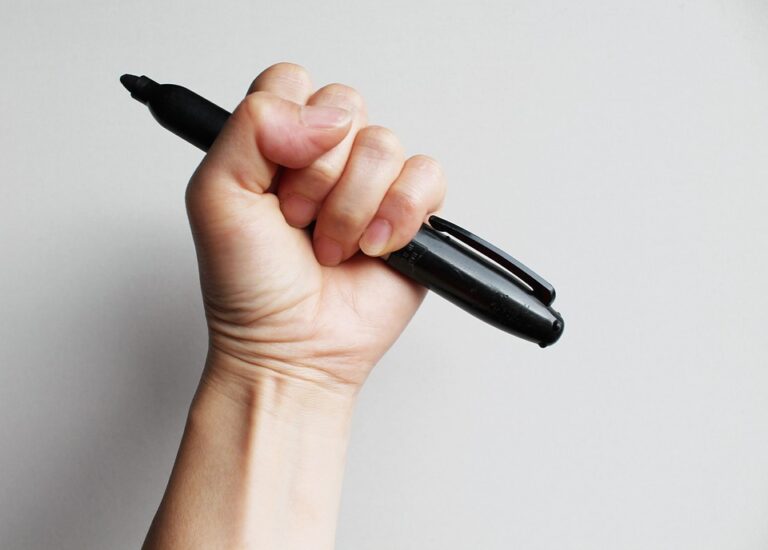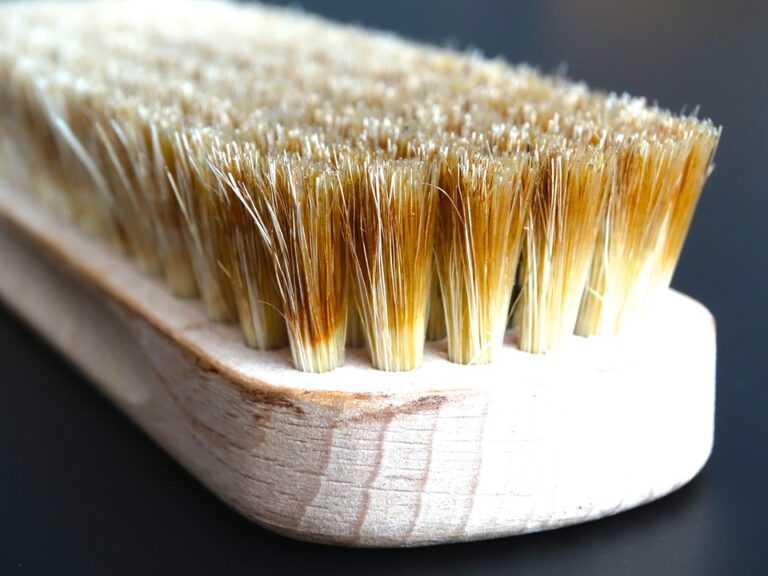
Exploring the Evolution of Band-Aids: A Comprehensive Guide to Their History and Innovations
When one thinks of the humble Band-Aid, it’s easy to dismiss it as a mere adhesive strip designed for minor injuries. Yet, this seemingly simple invention has a rich and fascinating history, marked by innovation and evolution that highlights both human ingenuity and the quest for effective healthcare solutions.
1. The Birth of a Necessity
The story begins in the early 1920s, in the heart of New Jersey, where a Johnson & Johnson employee named Earle Dickson faced a recurrent problem. His wife, Josephine, often cut herself while preparing meals, and the traditional methods of bandaging were cumbersome and inefficient. Dickson’s solution was brilliantly simple: a small piece of gauze attached to a strip of adhesive tape. This innovation, which he initially crafted in his home kitchen, would soon revolutionise first aid. In 1921, the Band-Aid was officially born, marketed as a convenient way to treat minor wounds without the fuss of traditional bandaging.
2. From Kitchen to Commercial Success
The early Band-Aids were not the sterile, diverse products we see today. Initially, they were handmade and aimed at convenience more than hygiene. However, as the popularity surged, Johnson & Johnson recognised the need for mass production. By 1924, the Band-Aid was being manufactured on a larger scale, allowing for widespread availability. Remarkably, the product was so well-received that within a mere few years, it became a staple in first aid kits across the nation.
But what drove this success? Perhaps it was the increasing number of households embracing modern living, where convenience often trumped traditional methods. Or was it the innate human desire for quick fixes? The Band-Aid epitomised this ethos—a small yet impactful innovation catering to the everyday person’s needs.
3. Innovations Through the Decades
As the years rolled on, Band-Aid technology evolved significantly. The introduction of waterproof versions in the 1960s was a game-changer, allowing individuals to maintain their active lifestyles without fear of damaging their wound coverings. This era also saw the advent of various sizes and shapes, catering to an array of injuries—from finger cuts to larger abrasions.
By the 1980s, the incorporation of antiseptic materials represented yet another leap forward. Band-Aids were no longer just protective covers; they actively contributed to the healing process. The introduction of hydrogels in the 1990s marked a further advancement, enabling wounds to heal faster while minimising scarring.
Interestingly, one must ponder: how much of this innovation stems from a genuine desire to improve health standards, and how much is driven by marketing? As companies began to differentiate their products, the Band-Aid transformed from a basic item into a branded phenomenon, with designs and themes appealing to children and adults alike.
4. Cultural Impact and Symbolism
The Band-Aid has transcended its original purpose, becoming a symbol of care and comfort. The notion of "putting a Band-Aid on it" has entered the vernacular, often used to describe superficial solutions to more profound problems. This raises an intriguing question: when does a simple solution become an inadequate response to more complex issues?
Moreover, Band-Aids have found their way into popular culture, often adorning the fingers of musicians and artists, becoming not just a tool for healing but a fashion statement. Their colourful designs, from superheroes to floral prints, have made them a must-have accessory, especially for children, who often view them as badges of bravery.
5. The Future of Band-Aids
Looking ahead, innovations continue to shape the trajectory of Band-Aids. The emergence of smart Band-Aids, equipped with sensors that can monitor vital signs or the state of a wound, is indicative of the merging of technology and healthcare. Imagine a future where a simple adhesive strip could alert you to infection before it becomes a serious issue.
Moreover, the growing emphasis on sustainability has prompted manufacturers to explore eco-friendly materials, reflecting a broader societal shift towards environmental consciousness. Can the Band-Aid adapt to this new age, maintaining its relevance while embracing a greener ethos? The answer remains to be seen.
A Lasting Legacy
The Band-Aid, with its humble beginnings, has evolved into a multifaceted tool that is both practical and symbolic. From the kitchen of Earle Dickson to the shelves of pharmacies worldwide, its journey reflects not only technological advancement but also the ever-changing landscape of consumer needs and societal values. As we continue to explore innovations in first aid, one thing is certain: the Band-Aid will remain a vital part of our lives, serving as a testament to human creativity and resilience.
As you navigate the world of innovative products, keep an eye on BargainsTrust, where we remain committed to bringing you the best selections of goods that enhance your everyday life.







